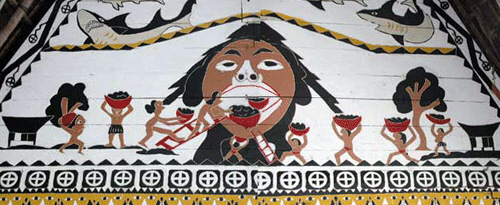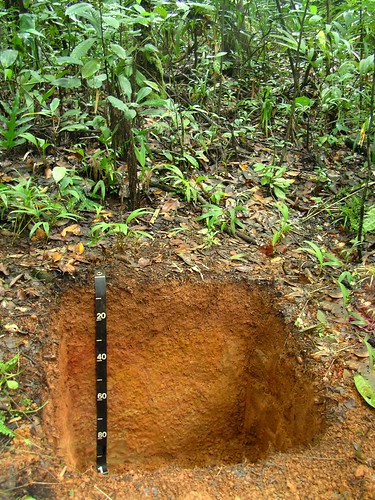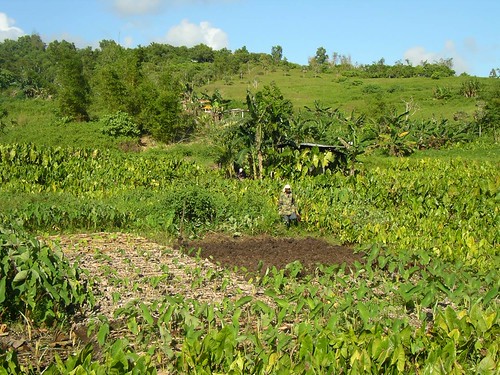
Imagine talking about soil management to 50 farmers from Palau with a collective 1,500 years of experience. The Ngetkip Community’s minister of community and cultural affairs requested me, a resource conservationist with USDA’s Natural Resources Conservation Service in Palau, to talk about soil.
These farmers mostly have no formal education or training. They still farm mostly with hand tools and as their parents and grandparents taught them. They know what to do, what works well and how to do it. But they don’t necessarily know why.
So the challenge was to provide an understanding of the modern scientific context for their traditional knowledge. In addition to discussing soil chemistry and ecology, metaphors were a useful communication tool.
For this, I turned to the Palau creation legend of Chuab (OO-ahb) the Giant. In the days of the goddess Latmikaik, there were only the islands of Angaur and Peleliu. On Angaur, Latmikaik gave birth to a daughter named Chuab. She grew so quickly and tall that soon the villagers had to make a ladder to reach her mouth with food. As she grew towards the clouds they could no longer feed her.
The villagers became exhausted by these unending efforts to feed the ever-hungry child. So they confronted a disgraced Latmikaik, who consented to their plan to kill Chuab. Wood was piled at her feet and the fire was lit. As Chuab’s body fell, it broke into pieces and became the various islands of Palau.

From this story, we can imagine the islands as a body. In fact, this body has a red inside because of the red volcanic soils of Palau. But a healthy body needs skin to contain it. So over this body of red soil lie two protective layers. The first is a dense, green skin of trees, grasses, ferns and vines. This layer continuously sheds its leaves and branches to create the next layer. The second is the most fragile and most important layer of skin—the brown one. This is a thin organic topsoil, very easily washed away by Palau’s 150 inches of rain each year.
Like a cut to the body, all soil disturbance is damaging to the land and needs treatment. Indeed when it rains in Palau, the land bleeds red water full of sediment which washes to the sea, killing coral reefs. When a plow shovel or dozer cuts and exposes to the elements this body of the land, it must be covered so it can heal properly and quickly. So, much like a bandage, we use conservation practices to protect the skin of the land until the soil heals. These healing practices include mulching and tree and shrub establishment.
In fact, Palauan agriculture includes caring for both layers of skin. They continue their tradition of “feeding the soil” through mulching practices.
Chuab serves as a legendary bridge to connect modern science, traditional conservation practices and a world view backed by more than 3,000 years of agricultural refinement. Even though Palauan ancestors long ago stopped feeding the hungry child Chuab, the farmers of Ngetkip know that the land still and will always demand to be fed in order to grow, be healthy and provide for the children of Palau.

